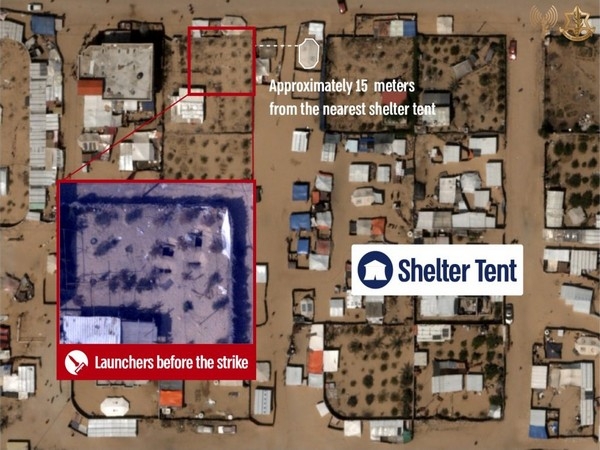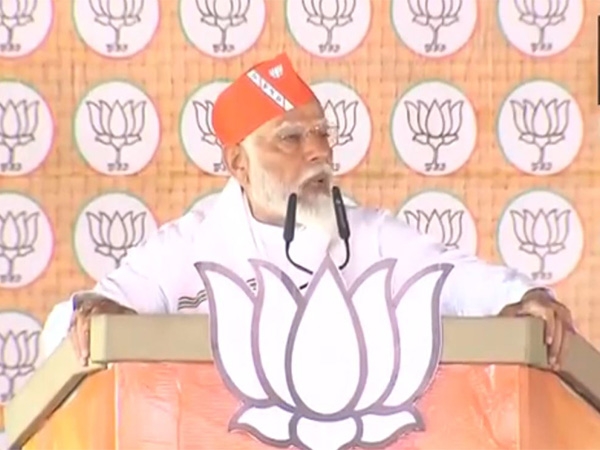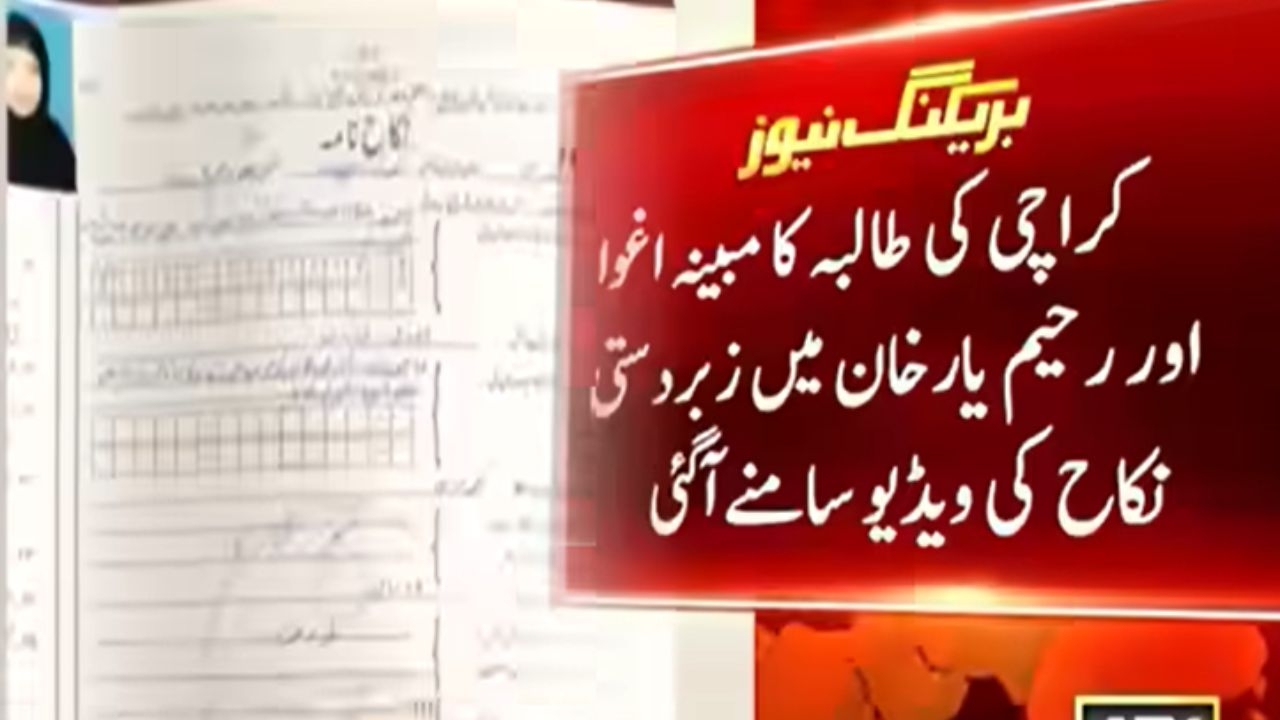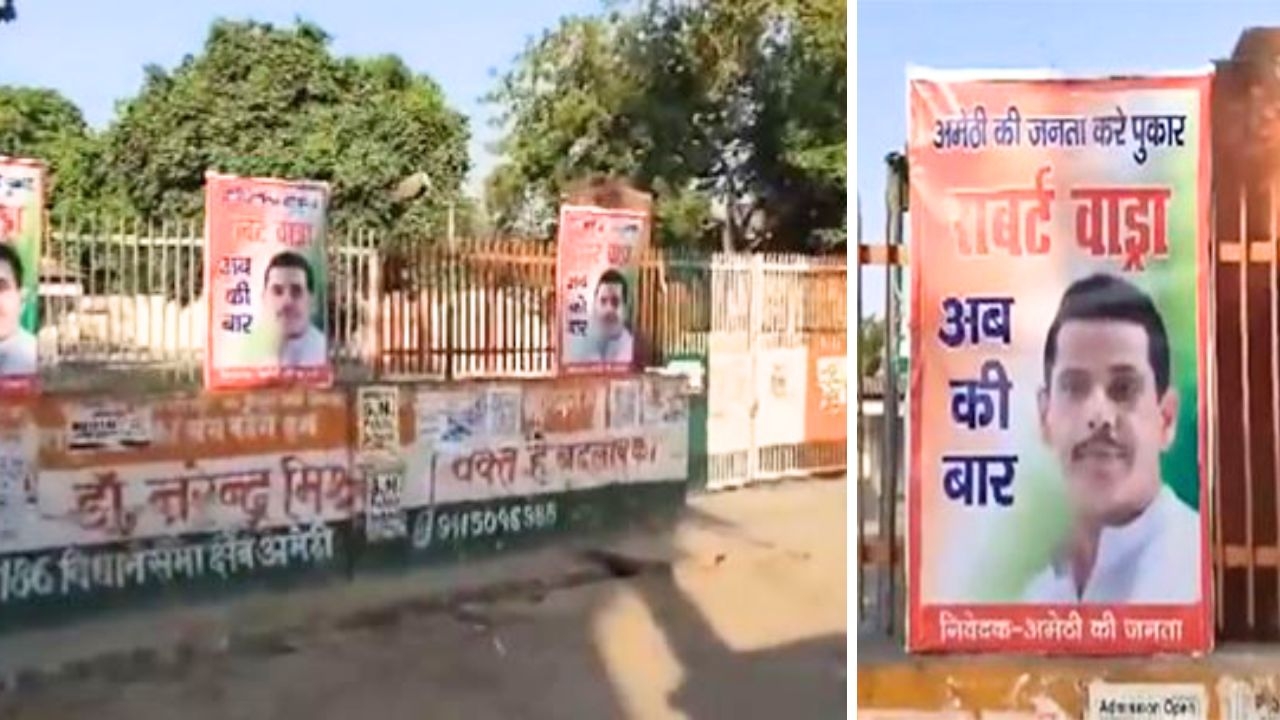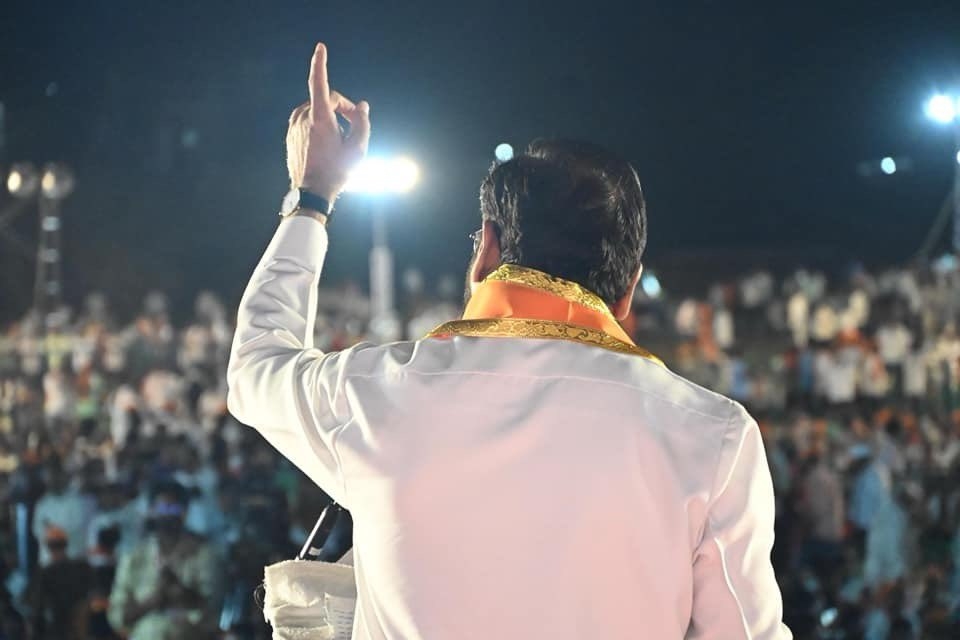Viral pictures of 2 newly orphaned infants become latest symbols of the tragedy in Kashmir
_93216_730x419-m.jpg)
Two poignant images of newly-orphaned infants are doing the rounds on the social media in Kashmir and they are breaking everybody’s heart. Their mothers were recently killed during encounters between the militants and the security forces, one in North and another in South Kashmir.
Together the images have become the latest symbols of the tragedy in Kashmir. One of them, six-month-old Maryam Jan is from Handwara. In the picture taken during Maryam's mother Misra Bano’s funeral, Jan’s eyes are brimming over with tears and her face is contorted into a heart-rending expression of pain as if she were conscious of her monumental loss.
The other picture is that of 10-month-old Zaira from Shopian. In it, she is calmly suckling on the feeder as a boy holds her in his lap, crying inconsolably. This picture was also taken at the time her mother Ruby Jan’s funeral was being readied.
Bano was killed on 11 December when she and the four other members of her family got trapped in the house along with the militants at Yunso village in Handwara. She was hit by bullets while trying to escape and subsequently died. The three militants were also killed later.
And Jan was killed on 19 December when security forces fired at the protesters trying to help the two trapped militants escape at village Wanipora in Shopian. Jan was allegedly a part of the protest. The two militants, one a local and another a Pakistani, who belonged to Jaish-e-Mohammad were also killed.
However, Jan’s family disputes the claim. They say, she was not a part of the protest but inside the house and was killed once she opened the window during the encounter to see what was happening.
According to an estimate, at least 29 civilians have been killed at encounter sites in Kashmir over the last two years. The number is huge if we consider that the number of the civilians killed in militancy-related violence over the period is 52.
The J&K Police argues that the killings take place when people continue to ignore the security advisory that requires them to not disrupt anti-militancy operations.
Early this year even the Army chief, General Bipin Rawat, had warned people that stern action would be taken should they continue to disrupt security operations.
“Those who obstruct our operations and are not supportive will be treated as over-ground workers of terrorists,” General Rawat had said in what became a very contentious statement.
But such warnings have made a little difference to the state of affairs. Despite security forces killing more than 200 militants this year, the people continue to rush to the rescue of the trapped militants and in the process, many civilians lose their lives.
Ruby Jan was one of them, while Bano happened to get caught up with the militants in the same house.
But for the pictures of their babies, the two would have died an obscure, statistical death much like the thousands of others before them. Their deaths are now being widely mourned including even by the Chief Minister Mehbooba Mufti.
Anguished over the killing of a young girl during a gunfight in Batmurran village of Shopian district. It’s unfortunate that a web of violence has been cast in which the local & innocent civilians of the state have been caught.
— Mehbooba Mufti (@MehboobaMufti) December 20, 2017
The National Conference leader Junaid Azim Mattu tweeted about Zaira:
We owe this beautiful child and all children of this conflict a sense of urgency to resolve this bloody conflict. Our entrenched positions, rhetoric, hartals and seminars won't resolve this conflict. Time for everyone to work together in search for peace. May Allah bless her. https://t.co/zCBtOjTwyw
— Junaid Azim Mattu (@Junaid_Mattu) December 20, 2017
The environmentalist Athar Parvaiz in his tweet juxtaposed the picture of the two infants with that of the sister of a passenger vehicle driver Asif Iqbal who was killed at Kralpora, Kupwara on 17 December when the forces mistook him for a militant. Iqbal was shot dead when he left his home to ferry an ailing neighbour to the hospital.
Within the past nine days in #Kashmir , these two babies have been deprived of their mothers under Operation Collateral Damage while the brother of this wailing girl has been butchered by dint of the misnomer, Mistaken Identity . RIP #HumanRights pic.twitter.com/cjcIDnVJQz
— Athar Parvaiz (@AtharParvaiz) December 20, 2017
However, the condemnations and the grief over the killings in Kashmir are generally criticised for being selective and politically convenient in nature. The public outrage generated by the civilian killings is disproportionately more than the one over those of the mainstream political workers.
On the other hand, killings of the security personnel is generally seen as par for the course. In contrast, militant killings are not only widely mourned but people also put their own lives at risk in an attempt to rescue them once they are tracked down by the security forces.
“This is the reality of Kashmir. More than underlining any selectivity in grieving, it articulates where the sentiment and the political aspirations of the people lie,” says the columnist Naseer Ahmad.
“There is a vertical political divide in Kashmir. On one side is the establishment and on the other side are the majority of the people,” Ahmad points out.
First published: 22 December 2017, 18:10 IST
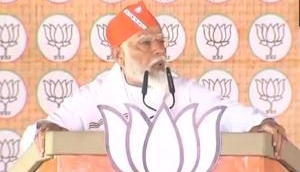
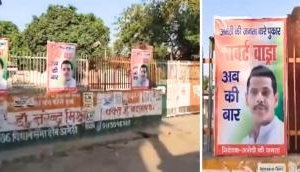
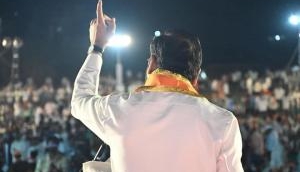

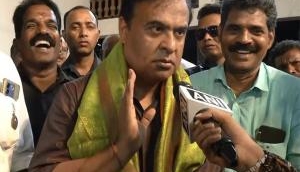
![BJP's Kapil Mishra recreates Shankar Mahadevan’s ‘Breathless’ song to highlight Delhi pollution [WATCH] BJP's Kapil Mishra recreates Shankar Mahadevan’s ‘Breathless’ song to highlight Delhi pollution [WATCH]](http://images.catchnews.com/upload/2022/11/03/kapil-mishra_240884_300x172.png)

![Anupam Kher shares pictures of his toned body on 67th birthday [MUST SEE] Anupam Kher shares pictures of his toned body on 67th birthday [MUST SEE]](http://images.catchnews.com/upload/2022/03/07/Anupam_kher_231145_300x172.jpg)


